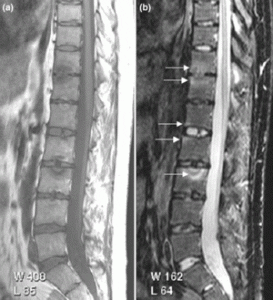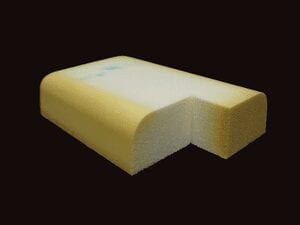A discovery that can fundamentally change how drugs for arthritis, and potentially many other diseases, are made
In a discovery that can fundamentally change how drugs for arthritis, and potentially many other diseases, are made, University of Utah medical researchers have identified a way to treat inflammation while potentially minimizing a serious side effect of current medications: the increased risk for infection.
These findings provide a new roadmap for making powerful anti-inflammatory medicines that will be safer not only for arthritis patients but also for millions of others with inflammation-associated diseases, such as diabetes, traumatic brain injury, and inflammatory bowel disease, according to cardiologist Dean Y. Li, M.D., Ph.D., the U School of Medicine vice dean for research and HA and Edna Benning endowed professor of medicine who led the study. “This can change the way medication is made,” he says. “If we can find a way to replace our most powerful drugs for arthritis, we might be able to develop another way to treat inflammation in other diseases that we’ve been unable to touch because of the danger of suppressing people’s immune systems.”
Two Cellular Pathways
When the body undergoes trauma or gets an infection, it responds by releasing cytokines—proteins that enter cells and unleash a three-pronged attack to kill invading bugs, hype up the immune system, and cause inflammation. While inflammation fights infection, it also produces an undesired side effect by weakening blood vessels, which can lead to swelling in the joints, brain or other areas. Scientists long have believed that cytokines use one cellular pathway in their response to infection, meaning that drugs made to block cytokines from causing inflammation also block the immune system and the ability to kill invading bugs.
In a study with mice, Li and his research colleagues upended the one-pathway belief by showing that cytokines use not one but two cellular pathways to battle infection: one to turn on the immune system and kill intruders and a separate one that destroys the architecture of tissues and organs. Identifying the separate pathway for inflammation has vast potential for developing drugs. “We can selectively block inflammation without making the patient immunosuppressed,” Li says. “This rewrites the strategy for today’s medicines. We focused the work on arthritis given this is a proven market for drugs that reduce damage from inflammation and fibrosis, but we suspect that many other diseases ranging from fibrosis following heart attacks to inflammatory bowel disease may benefit from such an approach.”
via University of Utah Health Sciences
The Latest Streaming News: anti-inflammatory medicines updated minute-by-minute
Bookmark this page and come back often
Latest NEWS
Latest VIDEO









